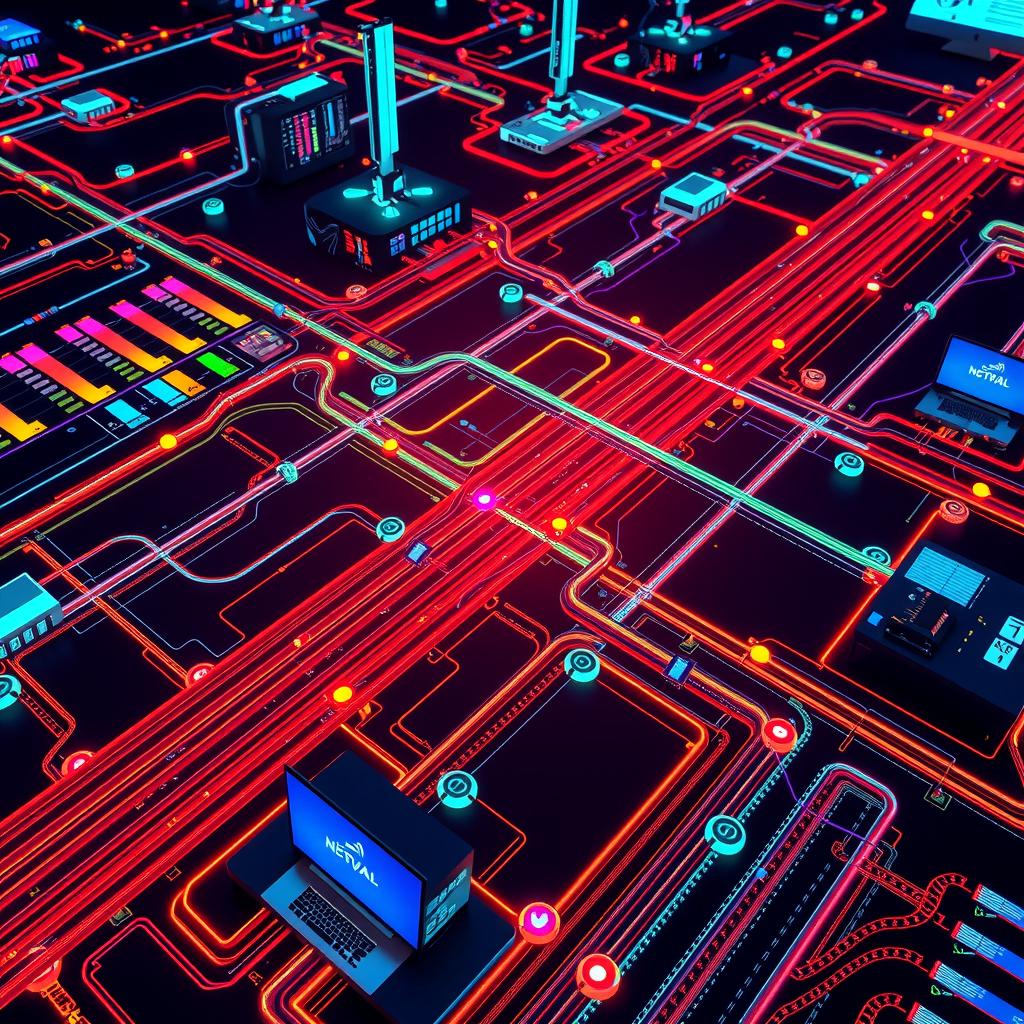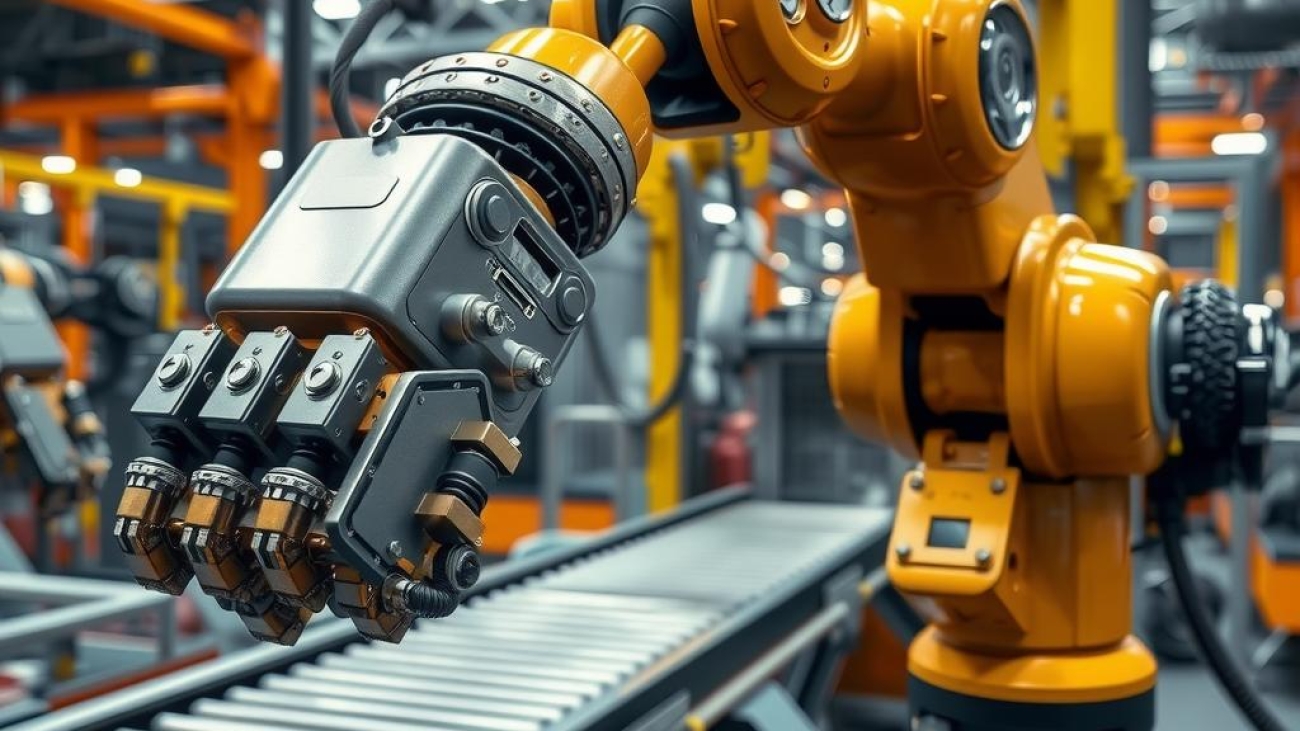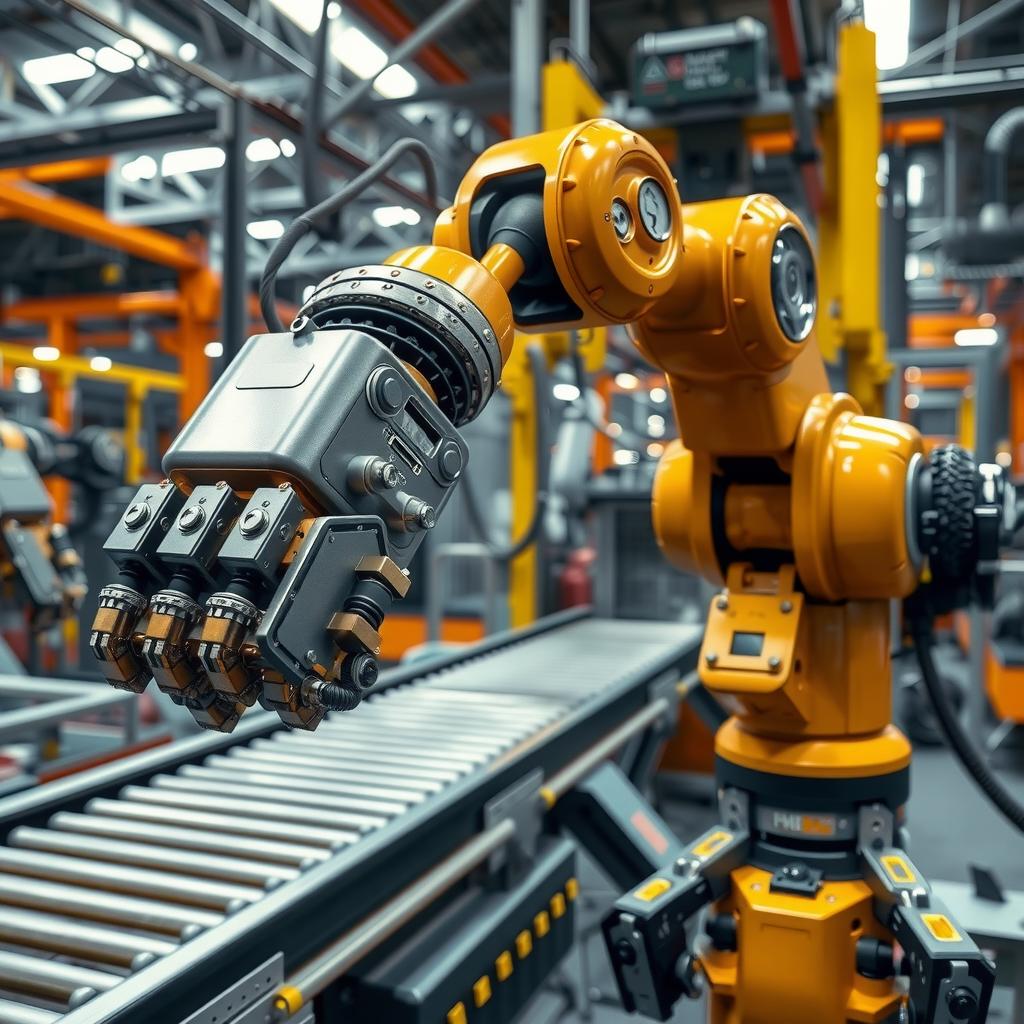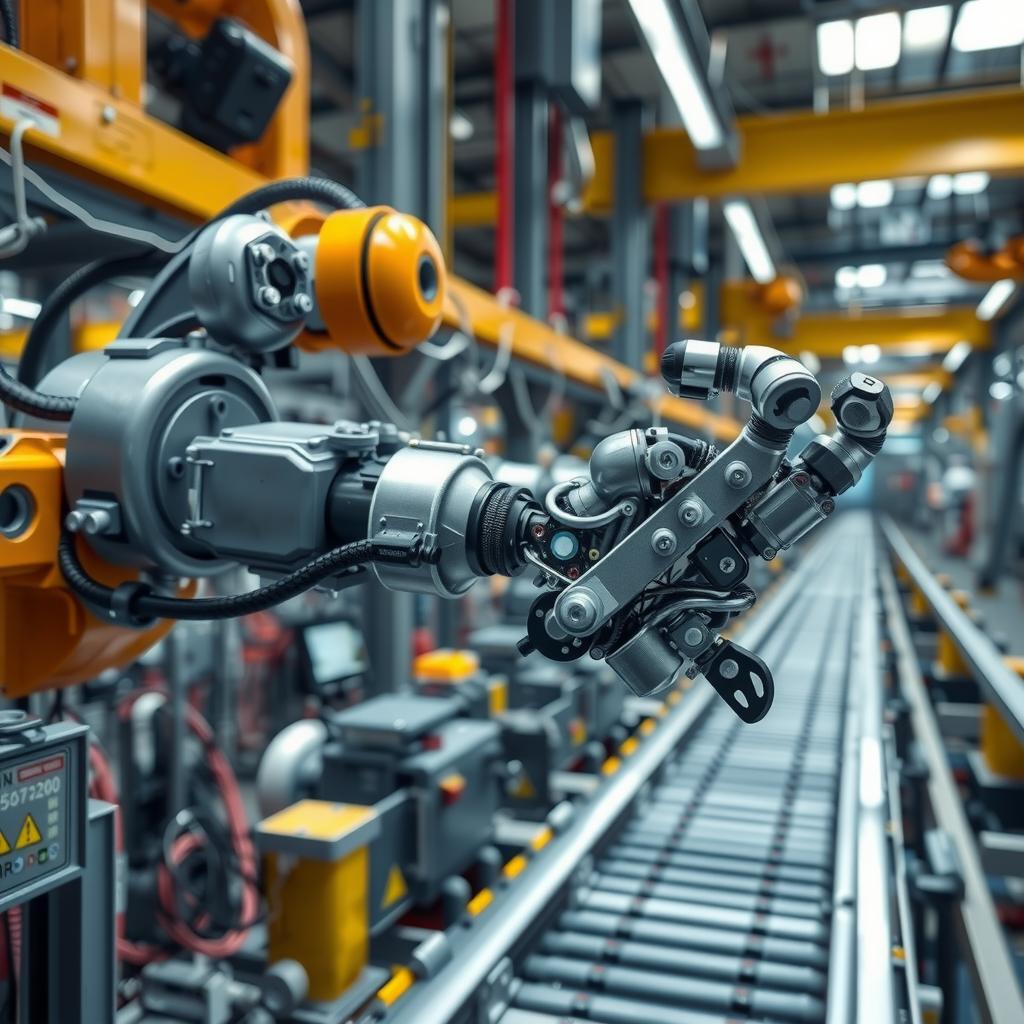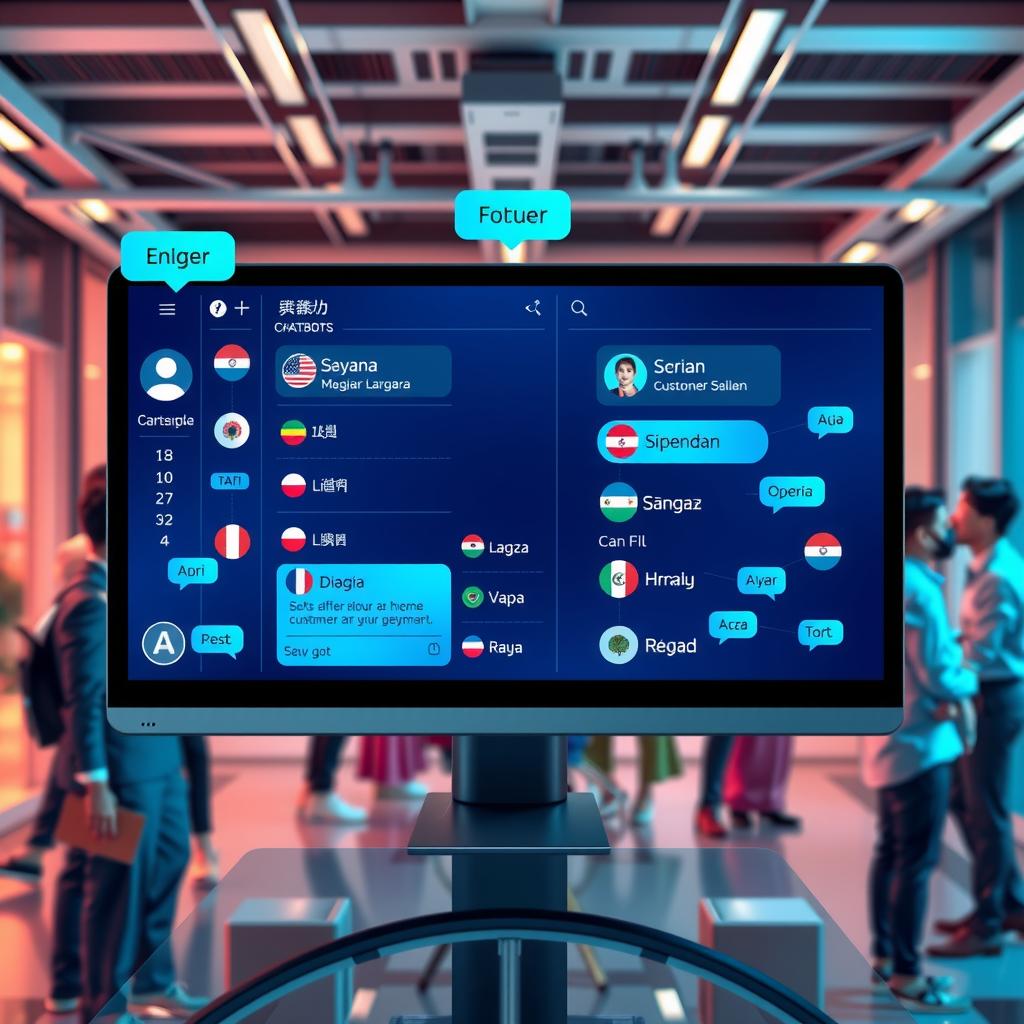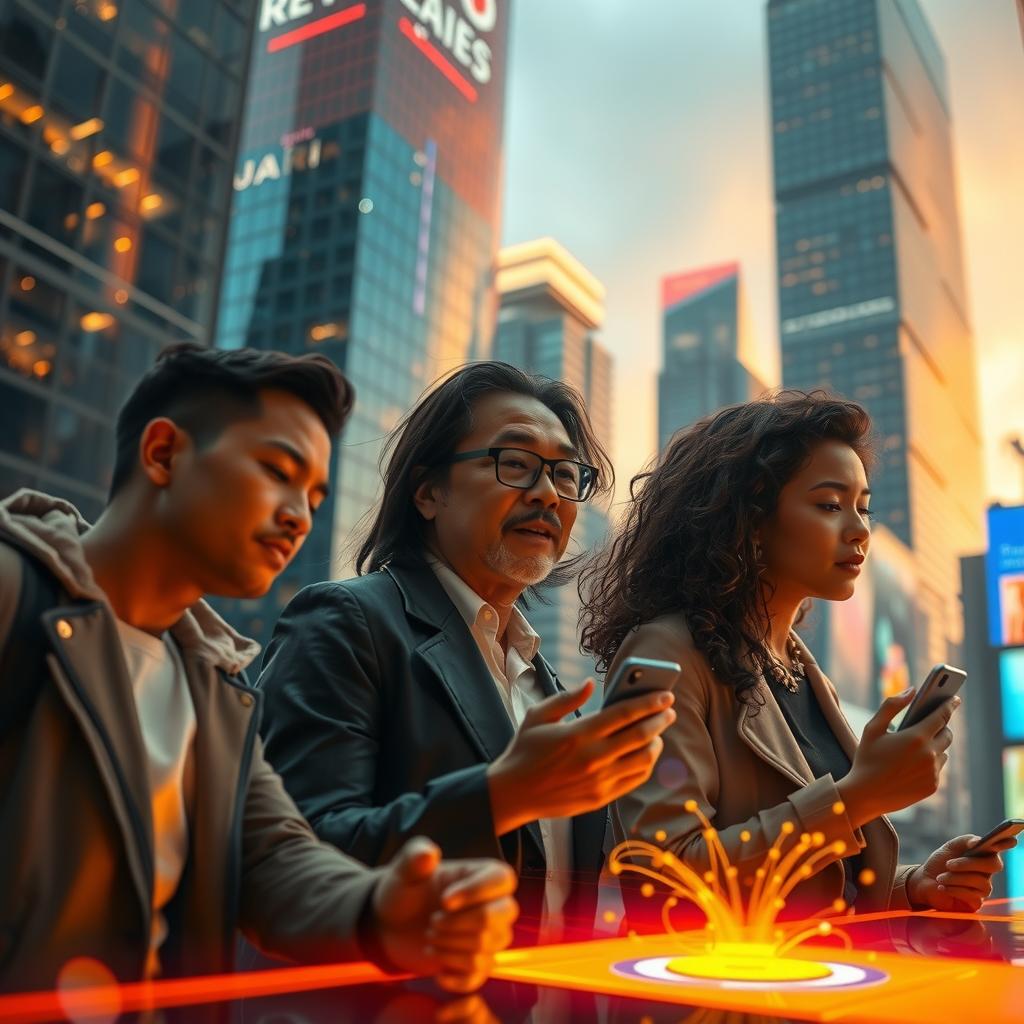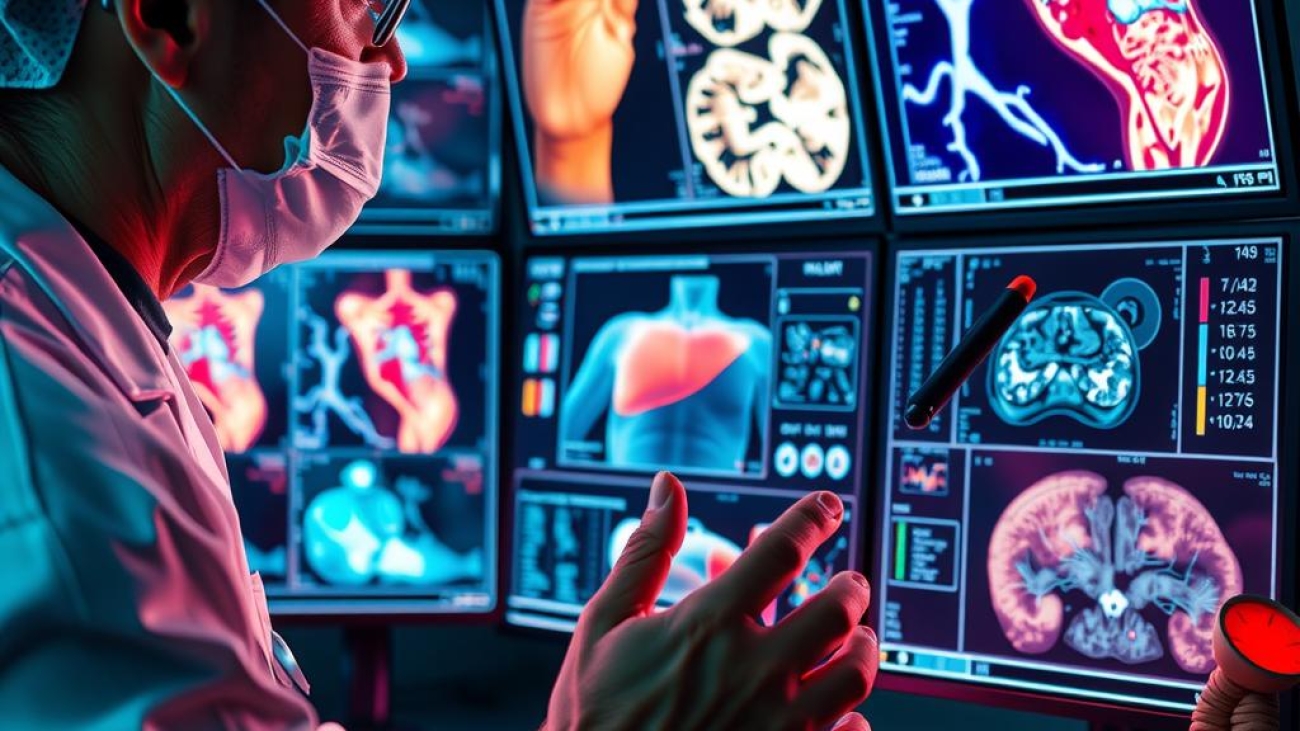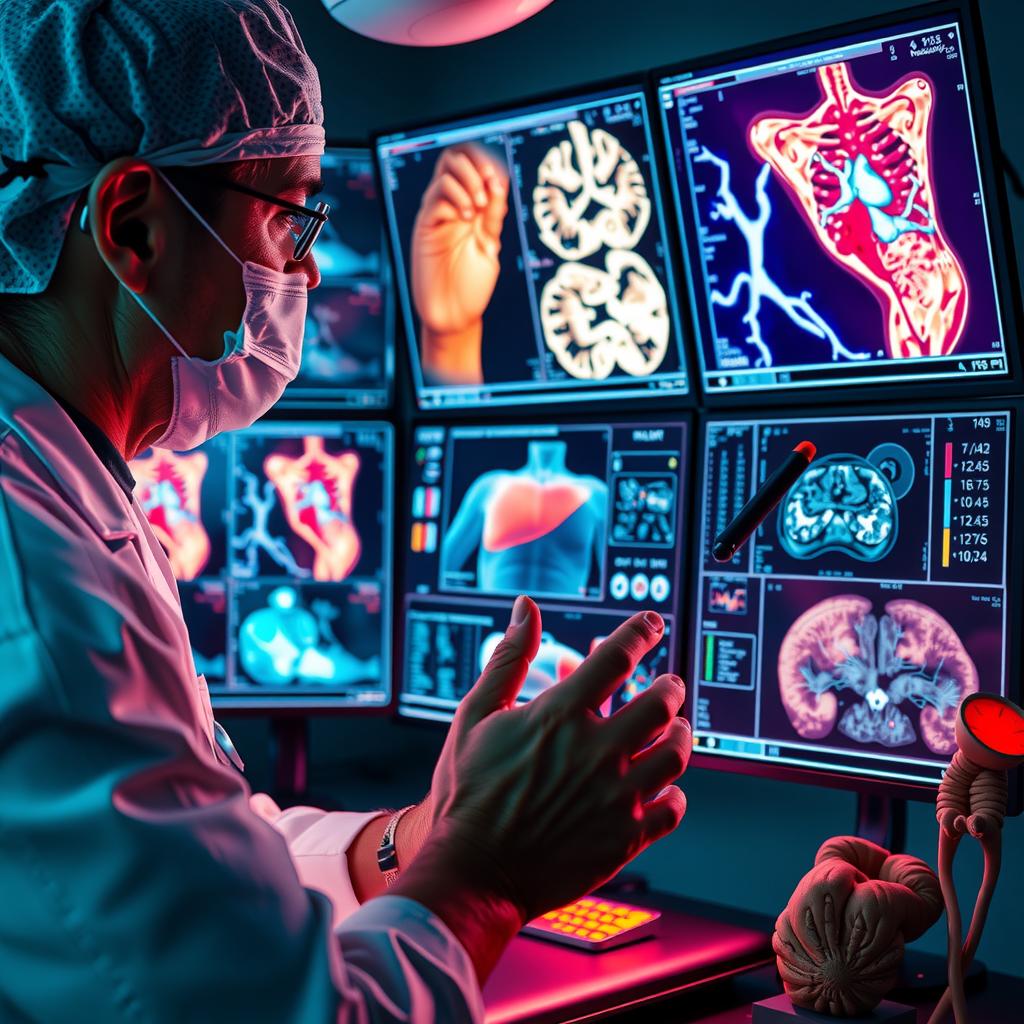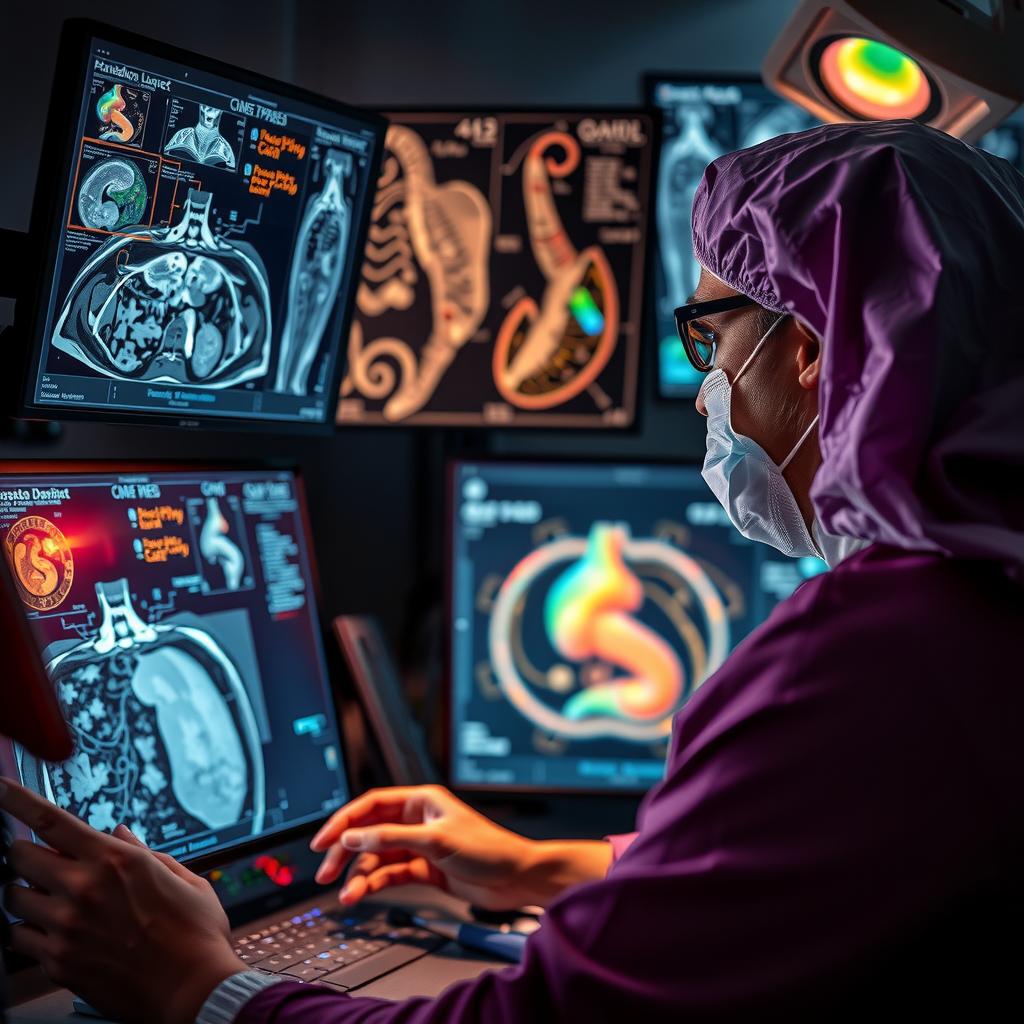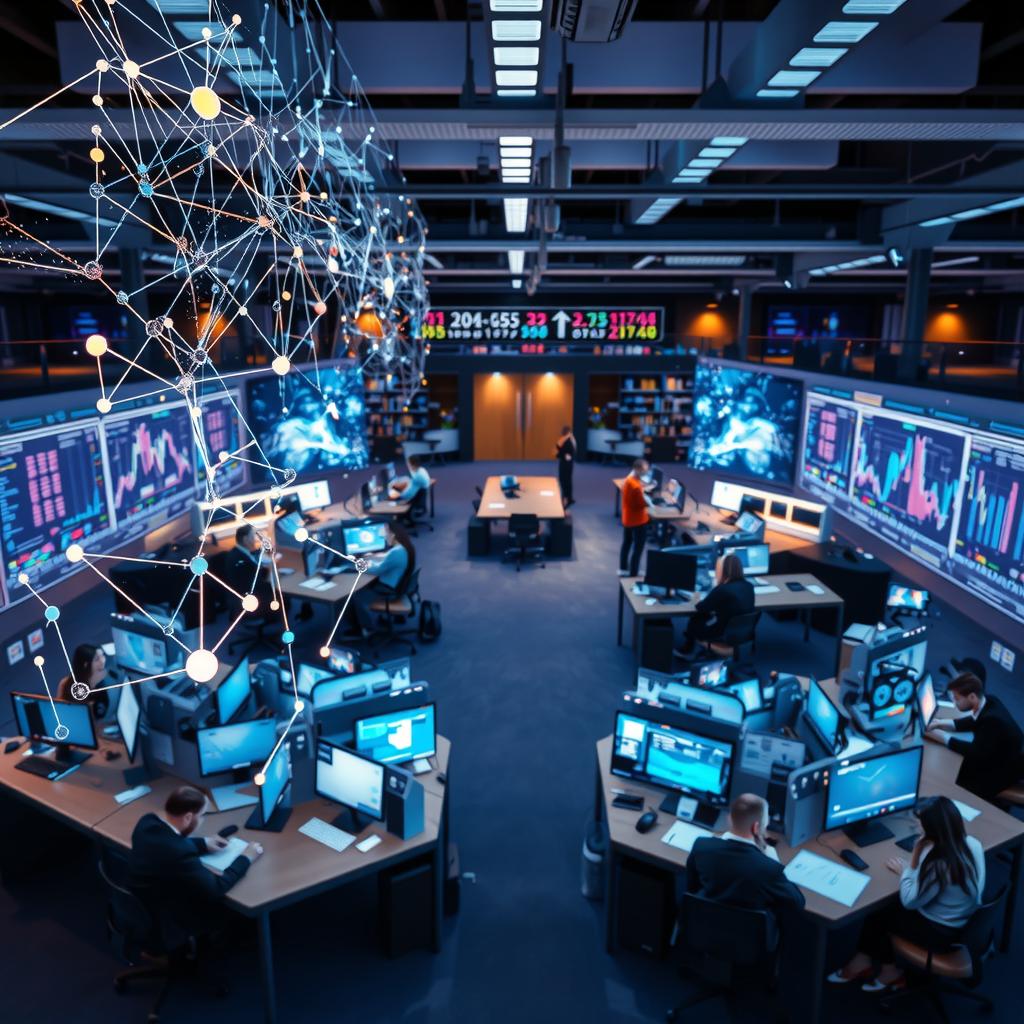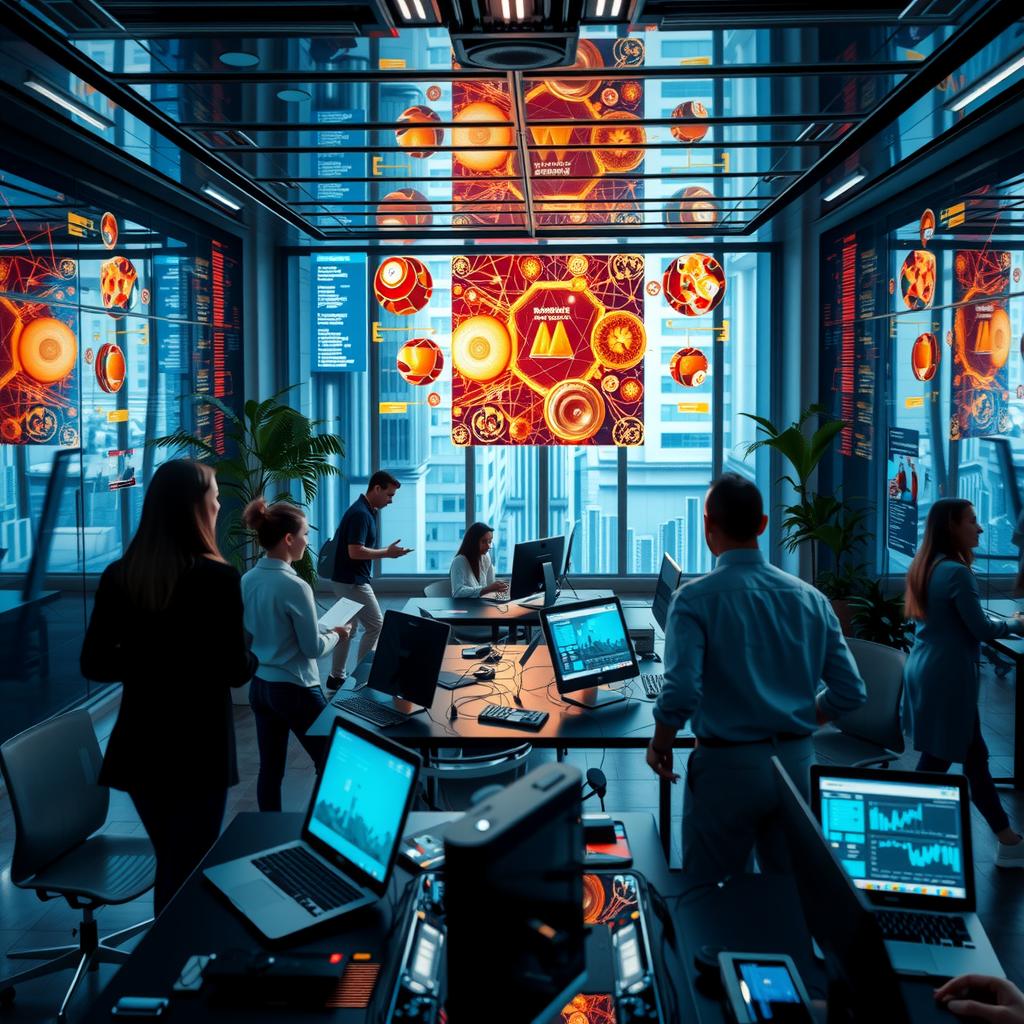In recent years, the rapid evolution of autonomous vehicles has captured the imagination of technologists and consumers alike, promising a future where transportation is safer, more efficient, and entirely automated. However, achieving seamless navigation in complex environments remains one of the most significant challenges facing this burgeoning industry. With myriad obstacles such as unpredictable traffic patterns, varied weather conditions, and intricate road systems to contend with, effective decision-making in driving emerges as a critical component for success. This is where PPO algorithms come into play—transforming how we think about vehicle control and path planning.
At their core, PPO algorithms, or Proximal Policy Optimization algorithms, represent an innovative approach within the realm of machine learning and reinforcement learning. They excel at enabling autonomous vehicles to make real-time decisions that mimic human-like judgment while navigating through dynamic landscapes. By optimizing actions based on rewards from their environment—such as avoiding collisions or efficiently changing lanes—these algorithms provide a sophisticated framework for enhancing navigation systems in self-driving cars.
The integration of PPO algorithms into autonomous vehicle technology not only streamlines decision-making processes but also significantly enhances safety measures inherent in modern transportation systems. As regulatory bodies push for stricter safety protocols alongside growing consumer demand for reliable automation solutions, leveraging advanced AI techniques becomes imperative to ensure public confidence in these technologies.
Moreover, understanding how PPO algorithms function can shed light on their potential impact across various facets of transportation—from reducing traffic congestion through intelligent route optimization to improving overall travel times by means of adaptive learning strategies tailored to specific environments. The implications are profound: harnessing these powerful tools could revolutionize our approach to urban mobility and shape smarter cities capable of accommodating evolving transport demands.
As we delve deeper into the world of PPO algorithms within autonomous vehicle navigation systems throughout this article, readers will gain insights not just into their technical intricacies but also into their transformative effects on future mobility solutions that promise enhanced user experiences while prioritizing safety and efficiency on our roads.

Key Points:
-
Title: Empowering Decision-Making in Autonomous Vehicles
The integration of PPO algorithms significantly enhances decision-making capabilities in autonomous vehicles. By leveraging these advanced techniques, vehicles can process environmental data and make real-time adjustments that improve navigation efficiency. -
Title: Optimizing Navigation Systems for Complex Environments
Within the realm of navigation systems, the role of PPO algorithms is crucial. These algorithms allow for refined vehicle control and effective path planning, enabling autonomous vehicles to navigate through unpredictable urban landscapes with greater accuracy. -
Title: Continuous Learning Through Reinforcement Mechanisms
The application of reinforcement learning via PPO algorithms empowers autonomous vehicles to learn from their experiences continuously. This capability is essential for adapting to dynamic road conditions and enhancing overall safety during driving by anticipating potential hazards more effectively.

The Evolution of Self-Driving Technology
From Concept to Concrete Implementation
The journey toward autonomous vehicles has been a remarkable transformation, transitioning from theoretical frameworks into practical applications. In the realm of self-driving technology, PPO Algorithms play an integral role by enhancing decision-making processes in dynamic environments. These algorithms leverage advanced machine learning techniques that empower vehicles to navigate complex urban landscapes effectively. As researchers and engineers have delved deeper into reinforcement learning methodologies, they have refined the capabilities of navigation systems within autonomous cars. By employing sophisticated path planning strategies, these systems can adapt to unpredictable conditions on the road—be it sudden traffic changes or unexpected obstacles—ensuring safety and efficiency for passengers.
As autonomous vehicle technology matures, there remains a significant emphasis on improving vehicle control mechanisms using AI in transportation. The iterative process involved in training models with PPO Algorithms enables continuous optimization; thus allowing vehicles not only to react appropriately but also anticipate potential hazards during their journeys. This predictive capability is crucial as it directly influences how well self-driving cars can operate alongside human-driven vehicles while adhering to traffic regulations and ensuring passenger comfort. Reinforcement learning serves as the backbone of this evolutionary process, where agents learn from interactions with their environment through trial and error—a method that closely mirrors human driving behavior.
Bridging Theory and Practical Application
Real-world Implications of Autonomous Driving
The implications of deploying fully functional autonomous vehicles extend far beyond mere technological advancements; they promise transformative effects on society at large by reshaping urban mobility paradigms. By integrating PPO Algorithms with real-time data analysis tools, developers are paving the way for sophisticated communication between various components within transportation ecosystems—from individual cars communicating with each other (V2V) to interaction with infrastructure (V2I). This interconnectedness enhances overall navigational efficacy while significantly reducing response times during emergencies or traffic jams.
Moreover, as machine learning continues its rapid evolution within this space, we witness substantial improvements in decision-making processes associated with driving tasks such as lane changing or merging onto highways—all elements critical for seamless travel experiences. The focus now shifts towards refining these algorithms further so they can account for increasingly intricate scenarios involving pedestrians and cyclists alike—an essential consideration given the rising importance placed on shared public spaces in modern cities.
Furthermore, successful integration hinges upon overcoming regulatory challenges that accompany new technologies like autonomous driving solutions defined by robust ethical standards—ensuring safety while fostering innovation driven by consumer trust in AI-assisted systems navigating our roads daily through effective use of reinforcement learning. In essence, traversing from theoretical exploration into tangible executions illustrates a pivotal chapter not just for automotive engineering but also heralds an era redefining personal transport norms imbued deeply within societal constructs around autonomy itself.
The Foundations of PPO Algorithms in Decision-Making
Exploring the Mechanisms Behind Proximal Policy Optimization
Proximal Policy Optimization (PPO algorithms) has emerged as a pivotal development within the field of machine learning, particularly for applications in navigation systems and autonomous vehicles. At its core, PPO is designed to improve decision-making processes by optimizing policies through reinforcement learning. In this context, an agent learns from interactions with its environment to maximize cumulative rewards while ensuring that policy updates remain stable and efficient. This stability is vital for complex tasks such as vehicle control and path planning where erratic behavior can have severe implications on safety and performance. By balancing exploration (trying new strategies) with exploitation (refining known strategies), PPO algorithms facilitate effective learning pathways that enhance the operational capabilities of navigation systems. Furthermore, these algorithms are particularly significant because they allow for continuous updates without requiring extensive retraining or large computational resources, making them suitable for real-time applications.
The Role of Reinforcement Learning in Navigation
How PPO Algorithms Enhance Autonomous Vehicle Systems
In the realm of autonomous vehicles, reinforcement learning plays a critical role in shaping how these machines make decisions based on their surroundings. Herein lies the strength of PPO algorithms, which leverage reward signals derived from successful navigation outcomes to fine-tune driving behaviors over time. For instance, when an autonomous vehicle successfully navigates through traffic or avoids obstacles effectively, it receives positive feedback that reinforces those actions through subsequent iterations. This dynamic fosters a robust understanding among vehicles regarding optimal paths under varying conditions—an essential trait for effective path planning amidst unpredictable environments such as busy urban landscapes or adverse weather conditions. As AI continues to evolve within transportation sectors globally, integrating PPO algorithms ensures not only improved efficiency but also enhanced safety measures by mimicking human-like decision-making processes grounded in experience.
Safety Features Powered by PPO Algorithms
Enhancing Decision-Making Capabilities in Driving Scenarios
The integration of PPO algorithms into navigation systems does not merely facilitate smoother transitions between points; it extends deeply into safety features inherent in modern automotive designs. As autonomous vehicles navigate complex scenarios—ranging from highway merges to pedestrian crossings—the ability to make instantaneous decisions becomes paramount. Through continuous training facilitated by reinforcement learning frameworks like PPO, vehicles can learn nuanced responses tailored specifically to their operating contexts while minimizing risks associated with abrupt changes during maneuvers. For example, if a car approaches an intersection where pedestrians frequently cross unexpectedly, well-trained models using PPO algorithms can dynamically adjust speed or trajectory based on historical data patterns learned during training periods rather than relying solely on pre-programmed rules or static thresholds.
Future Directions: Advancements via Machine Learning
The Evolutionary Pathway Influencing Transportation Technologies
As research progresses within machine learning domains focused on transportation technologies like autonomous driving systems powered by AI, there remains significant potential for further enhancements driven explicitly through advancements in PPO algorithms methodologies themselves. With ongoing innovations aimed at refining algorithmic efficiency—including reduced sample complexity and improved convergence properties—there exists considerable promise toward developing even more intelligent navigation solutions capable of adapting seamlessly across diverse environmental factors encountered daily on roadways worldwide today—from changing traffic regulations emerging due largely due technologic shifts influencing society’s mobility needs moving forward alongside climate challenges reshaping urban infrastructures alike! Thusly embracing such evolution will undoubtedly yield transformative effects upon future generations’ experiences navigating life itself across evolving landscapes filled rich opportunities awaiting discovery along every journey undertaken henceforth!
The Evolution of Navigation Technology
Harnessing AI and PPO Algorithms for Safer Roads
The integration of AI in transportation is revolutionizing how vehicles navigate unpredictable environments, making journeys not only more efficient but also significantly safer. At the heart of this transformation are PPO algorithms, which stand for Proximal Policy Optimization. These advanced reinforcement learning techniques enable autonomous vehicles to adapt their navigation strategies based on real-time data from their surroundings. By processing vast amounts of information—from traffic patterns to sudden obstacles—PPO algorithms enhance decision-making in driving scenarios that were once deemed too complex for automated systems. This capability allows for dynamic path planning that accounts for unpredictability, effectively reducing the likelihood of accidents caused by unforeseen variables such as erratic pedestrian behavior or sudden road closures.
Moreover, the synergy between machine learning and traditional navigation systems fosters a new paradigm where vehicles can learn from past experiences to improve future performance continuously. As these systems gather more data over time, they refine their understanding of various environmental factors, leading to improved vehicle control under diverse conditions. For instance, during challenging weather situations like fog or rain, an autonomous vehicle equipped with sophisticated PPO algorithms can adjust its speed and trajectory based on learned behaviors from previous encounters with similar circumstances. This adaptability not only enhances operational efficiency but also instills greater confidence among users regarding the reliability and safety of autonomous technologies.
As this technology evolves further, it presents exciting possibilities beyond mere navigation improvements; it embodies a shift towards smarter urban mobility solutions that prioritize safety alongside efficiency. The ability of vehicles powered by AI and PPO algorithms to anticipate potential hazards enables them to preemptively respond rather than react after encountering danger—a crucial advancement in minimizing collisions on busy roadways. Furthermore, as vehicle-to-vehicle (V2V) communication becomes increasingly prevalent within smart cities, these navigational enhancements will be vital in creating an interconnected ecosystem where cars share critical information about traffic conditions or upcoming obstacles instantaneously.
In conclusion, leveraging AI-driven solutions such as PPO algorithms promises profound implications not just for individual drivers but also for overall societal mobility dynamics as we progress into an era dominated by intelligent transportation networks focused on maximizing both safety and efficiency across all levels of travel infrastructure.
Navigating Complexity: Real-Time Adaptation
Enhancing Vehicle Responsiveness Through Machine Learning
Navigating today’s complex environments demands a level of responsiveness previously unattainable without human intervention; however, advancements through machine learning have changed this narrative dramatically. With tools like PPO algorithms, autonomous vehicles can learn optimal responses tailored specifically to unique driving contexts while maintaining high standards concerning safety measures during operation periods characterized by volatility or uncertainty—whether due to fluctuating weather patterns or unexpected changes in traffic flow rates influenced by ongoing construction projects nearby.
This continuous learning process underscores how critical effective decision-making is when confronted with challenges inherent within urban settings filled with varying degrees ranging from pedestrians darting unexpectedly across streets down narrow alleyways filled with cyclists zigzagging around parked cars—all requiring instantaneous calculations regarding speed adjustments coupled together seamlessly integrated into existing path-planning frameworks employed throughout modern automobiles today benefiting greatly thanks again largely attributed back towards utilization methods involving contemporary approaches found utilizing powerful yet efficient forms incorporating state-of-the-art computational resources made available via recent breakthroughs occurring regularly observed throughout countless academic research studies published recently exploring implications resulting directly following adoption practices highlighting benefits derived stemming solely linked towards implementation strategies pertaining primarily revolving around applying innovative designs improving upon earlier models!
The marriage between traditional automotive engineering principles rooted deeply embedded associates closely resembling basic physical laws governing motion still remains relevant despite rapid technological advances made possible through innovations led predominantly driven mainly focusing heavily prioritizing developing robust architectures capable providing outstanding performances ensuring reliable results achieved consistently delivered whenever demanded especially amidst adverse scenarios encountered routinely seen nowadays typical commute experienced daily commuters traveling frequently navigating city landscapes globally witnessed firsthand demonstrating phenomenal capabilities showcasing prowess exhibited observed prominently displayed successfully executing maneuvers deftly avoiding mishaps reinforcing trustworthiness established firmly grounded firmly placed foundation built already maintained strong ties forging ahead confidently embracing tomorrow’s expectations vastly reshaping conventional notions long held strongly believed impossible before becoming reality finally emerging truthful statements encapsulating essence perfectly describe current landscape evolving swiftly adapting accordingly overcoming challenges posed head-on therein moving forward ever onward enhancing lives enriching experiences paving pathways toward brighter futures awaiting eagerly anticipating progression unfolding predictably gradually taking shape right here now!
Future-Proofing Transportation: Intelligent Systems
Redefining Urban Mobility With Autonomous Technologies
Looking ahead at what lies beyond horizon reveals profound transformations anticipated altering fundamentally fabric surrounding conventional paradigms defining urban mobility itself decidedly shifting focus away exclusively centering merely fixing problems directly tied resolving issues plaguing existing infrastructures instead directing energies proactively engaging efforts aimed fostering innovative ecosystems designed integrating adaptive methodologies harnessed optimally deploying cutting-edge technologies available including implementations employing superior algorithmic frameworks enabled allowing seamless coordination performed concurrently undertaken simultaneously achieving better outcomes collectively impacting positively entire communities involved participating actively contributing joint ventures working harmoniously collaboratively producing fruitful results enhancing efficiencies realized appreciably translating tangible benefits visibly observable quickly noticed saved fuel costs
Frequently Asked Questions:
Q: What are PPO algorithms and how do they enhance navigation systems in autonomous vehicles?
A: PPO algorithms (Proximal Policy Optimization) are advanced reinforcement learning techniques used to improve decision-making processes in autonomous vehicles. By optimizing vehicle control and path planning through continuous environmental feedback, these algorithms allow self-driving cars to adapt their behavior based on real-time data, leading to safer and more efficient navigation.
Q: How do PPO algorithms contribute to real-time adjustments during driving?
A: The integration of PPO algorithms enables autonomous vehicles to make rapid decisions while navigating complex urban environments. These algorithms facilitate the processing of various unpredictable factors—such as pedestrian movements or traffic changes—by allowing the vehicle’s navigation systems to learn from past experiences. As a result, this leads to improved performance in dynamic road conditions.
Q: In what ways does AI in transportation leverage PPO algorithms for better decision making?
A: By utilizing PPO algorithms, developers can create intelligent navigation systems that emulate human-like cognitive functions associated with driving. This enhances the ability of autonomous vehicles to anticipate potential hazards and interact smoothly with other road users, ultimately improving overall safety and efficiency within the realm of transportation.



